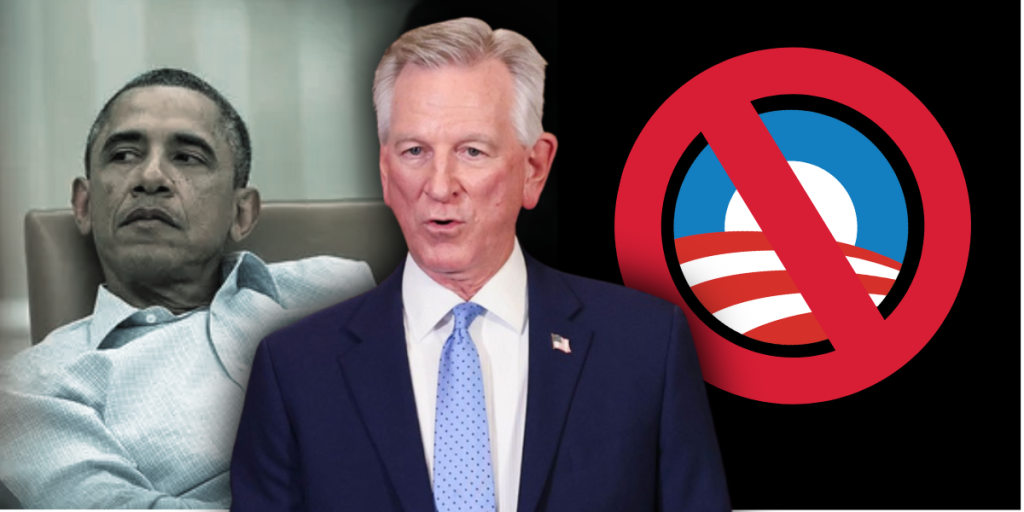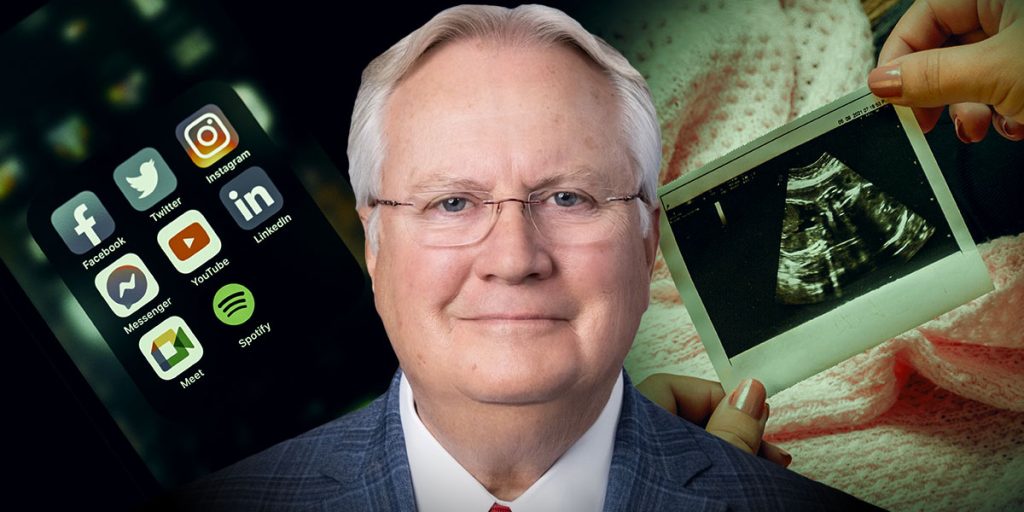What just happened?
The Supreme Court ruled on National Institute of Family and Life Advocates (NIFLA) v. Xavier Becerra, Attorney General of California, a case regarding a California law that threatened to shut down pregnancy resource centers serving women and children in need.
What is this case about?
The case of NIFLA v. Becerra dealt with important First Amendment freedom issues as related to pregnancy resource centers who work with a pro-life mission.
In October 2015, California enacted the Reproductive FACT (Freedom, Accountability, Comprehensive Care, and Transparency) Act. This law requires that licensed medical centers, including pro-life pregnancy centers (aka crisis-pregnancy centers [CPC]/pregnancy help organizations [PHO]) provide a notice to women stating, “California has public programs that provide immediate free or low-cost access to comprehensive family planning services (including all FDA-approved methods of contraception), prenatal care, and abortion for eligible women. To determine whether you qualify, contact the county social services office at [insert the telephone number].”
The law also forces non-medical pregnancy centers to add to all advertisements a large disclosure in multiple languages about their non-medical status. Violation of this law results in a fine of $500 for a first offense and then $1,000 for each subsequent offense.
That same month the law was passed, National Institute of Family and Life Advocates (NIFLA), a national legal network of 1,430 pro-life pregnancy centers, filed lawsuits in each of California’s four district courts to stop the law from going into effect. The ERLC joined other pro-life ministries in January 2018 in filing an amicus brief for this case advocating for the center’s First Amendment rights.
Multiple pregnancy resource centers filed lawsuits based on free speech and religious exercise claims immediately following passage of the Reproductive FACT Act. While one religious non-profit was successful in court, most pro-life centers have not been able to be exempted from the regulations.
NIFLA sought a preliminary injunction to prohibit the law’s enforcement. The 9th Circuit Court of Appeals heard the case and rejected NIFLA’s free speech and religious exercise arguments. The Supreme Court granted certiorari in November 2017, but agreed to hear only NIFLA’s free speech claims.
How did the Court rule?
The Court ruled that the licensed notice likely violates the First Amendment. Because of the posture of the case, the Court did not rule on this issue directly, but the Court’s reasoning leaves little doubt that the California law will be struck down. The Court held that the licensed notice is a content-based regulation and compels petitioners to speak a particular message and alters the content of their speech.
The California law required clinics to provide a government-drafted script about the availability of state-sponsored abortion services, as well as contact information for how to obtain them—the very practice the clinics are devoted to opposing. The Supreme Court said that by requiring the clinics to inform women how they can obtain state-subsidized abortions—while at the same time they were trying to dissuade women from choosing that option— the licensed notice plainly “alters the content” of petitioners’ speech.
The Ninth Circuit did not apply strict scrutiny because it concluded that the notice regulates “professional speech.” But in the majority opinion the justices note that the Supreme Court has never recognized “professional speech” as a separate category of speech subject to different rules, and that speech is not unprotected merely because it is uttered by professionals.
The Court also determined that the requirement non-medical pregnancy centers post a notice they are not medical centers is “unjustified and unduly burdensome” because the requirements for the notice “drowns out the facility’s own message.” The example the Court gives is a billboard for an pregnancy center that says “Choose Life” would have to surround that two-word statement with a 29-word statement from the government, in as many as 13 different languages.
How did the justices vote in this case?
The vote was 5-4 with Justices Roberts, Kennedy, Thomas, Alito, and Gorsuch voting for and Justices Breyer, Ginsburg, Sotomayor, and Kagan voting against.
Justice Thomas delivered the opinion of the Court, in which Justices Roberts, Kennedy, Alito, and Gorsuch joined. Justice Kennedy also filed a concurring opinion, in which Roberts, Alito, and Gorsuch joined. Justice Breyer filed dissenting opinion, in which Ginsburg, Sotomayor, and Kagan joined.
What are the broader implications of this case?
The ruling is a significant victory for free speech, and signals that the Supreme Court will not allow an individual’s speech to be compelled by the states without sufficient justification or warrant.
The Court also held that so-called “professional speech” is also protected under the First Amendment. The majority opinion notes that as with other kinds of speech, regulating the content of professionals’ speech “pose[s] the inherent risk that the Government seeks not to advance a legitimate regulatory goal, but to suppress unpopular ideas or information.” The ruling also points out that when the government polices the content of professional speech, it can fail to “‘preserve an uninhibited marketplace of ideas in which truth will ultimately prevail.’” As Justice Thomas writes,
Professionals might have a host of good faith disagreements, both with each other and with the government, on many topics in their respective fields. Doctors and nurses might disagree about the ethics of assisted suicide or the benefits of medical marijuana; lawyers and marriage counselors might disagree about the prudence of prenuptial agreements or the wisdom of divorce; bankers and accountants might disagree about the amount of money that should be devoted to savings or the benefits of tax reform. “[T]he best test of truth is the power of the thought to get itself accepted in the competition of the market,” (Abrams v. United States), and the people lose when the government is the one deciding which ideas should prevail.
The ruling does, however, leave open the possibility that there may be a legitimate “reason for treating professional speech as a unique category that is exempt from ordinary First Amendment principles.” But California failed to make a persuasive case in their licensing notice. The ruling also does not challenge the legality of health and safety warnings “long considered permissible, or purely factual and uncontroversial disclosures about commercial products.”
In his concurring opinion, Justice Kennedy summarizes why allowing laws like this to stand poses a threat to free expression:
This law is a paradigmatic example of the serious threat presented when government seeks to impose its own message in the place of individual speech, thought, and expression. For here the State requires primarily pro-life pregnancy centers to promote the State’s own preferred message advertising abortions. This compels individuals to contradict their most deeply held beliefs, beliefs grounded in basic philosophical, ethical, or religious precepts, or all of these.
And the history of the Act’s passage and its underinclusive application suggest a real possibility that these individuals were targeted because of their beliefs.













